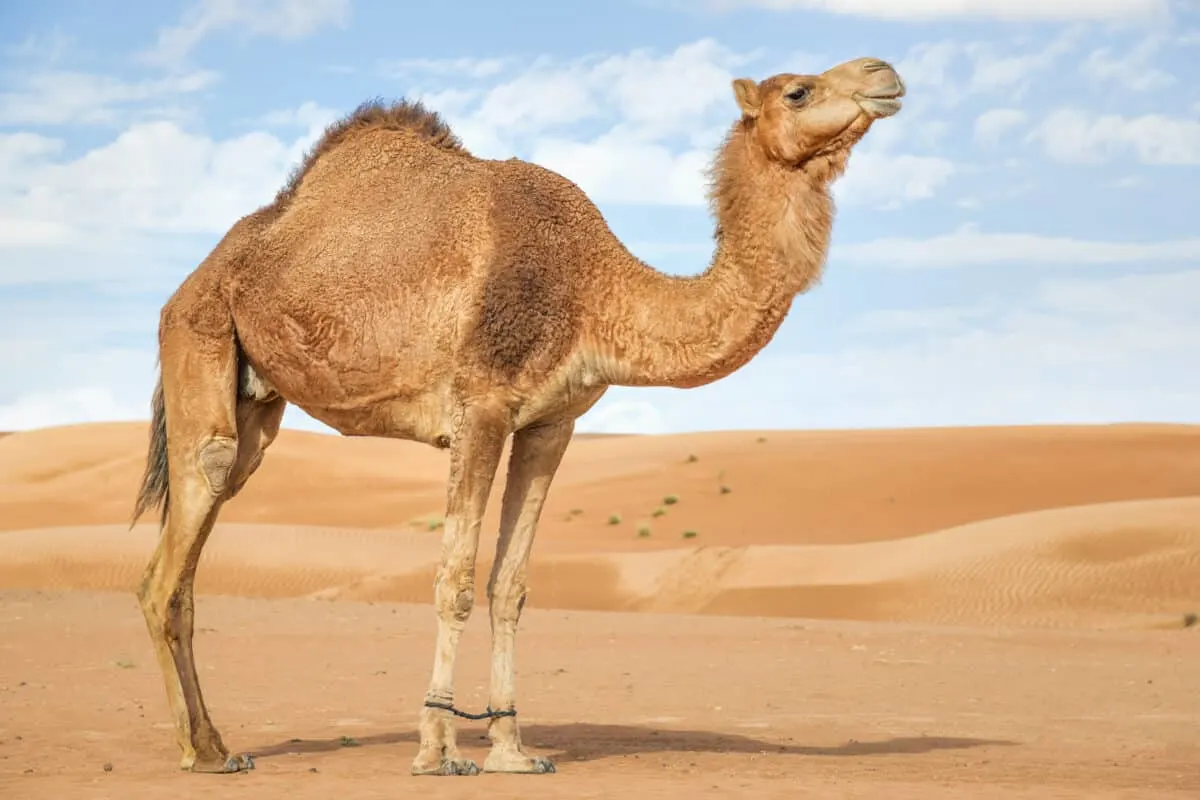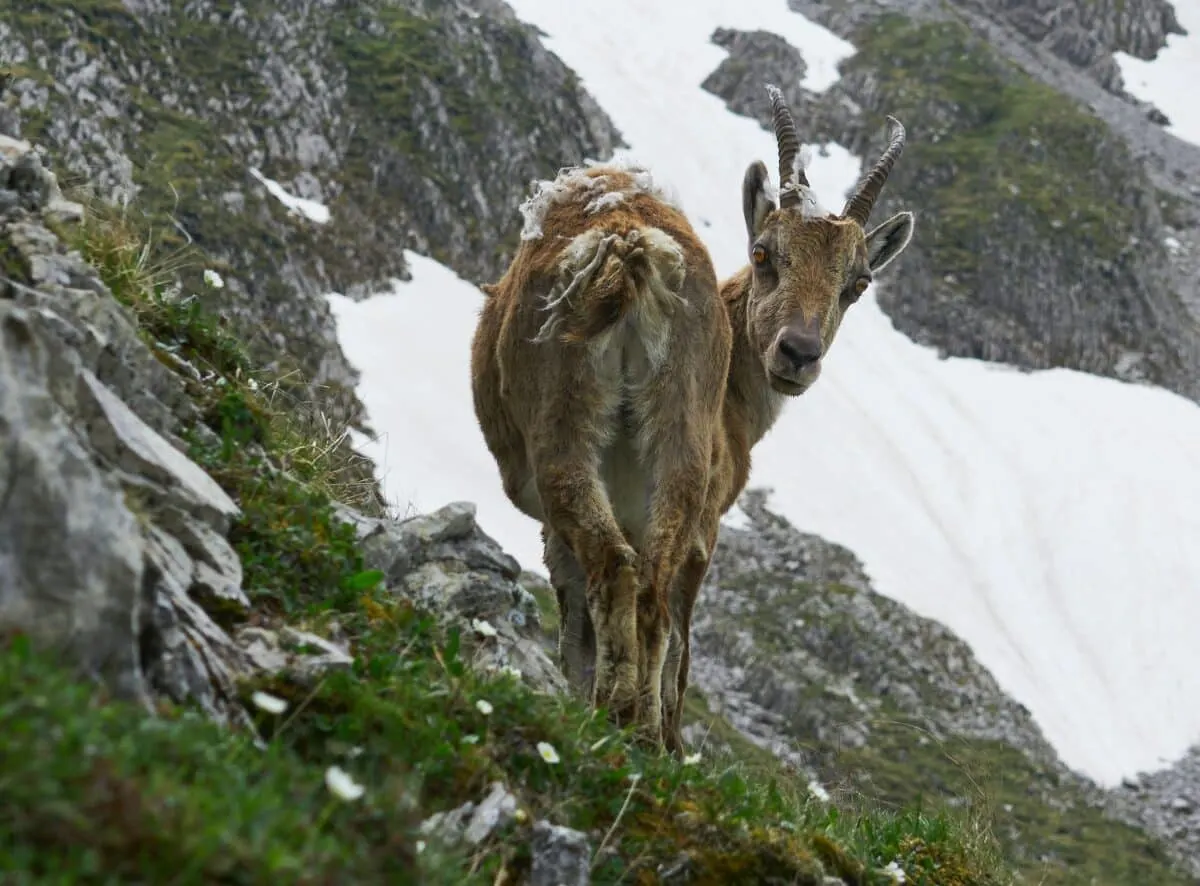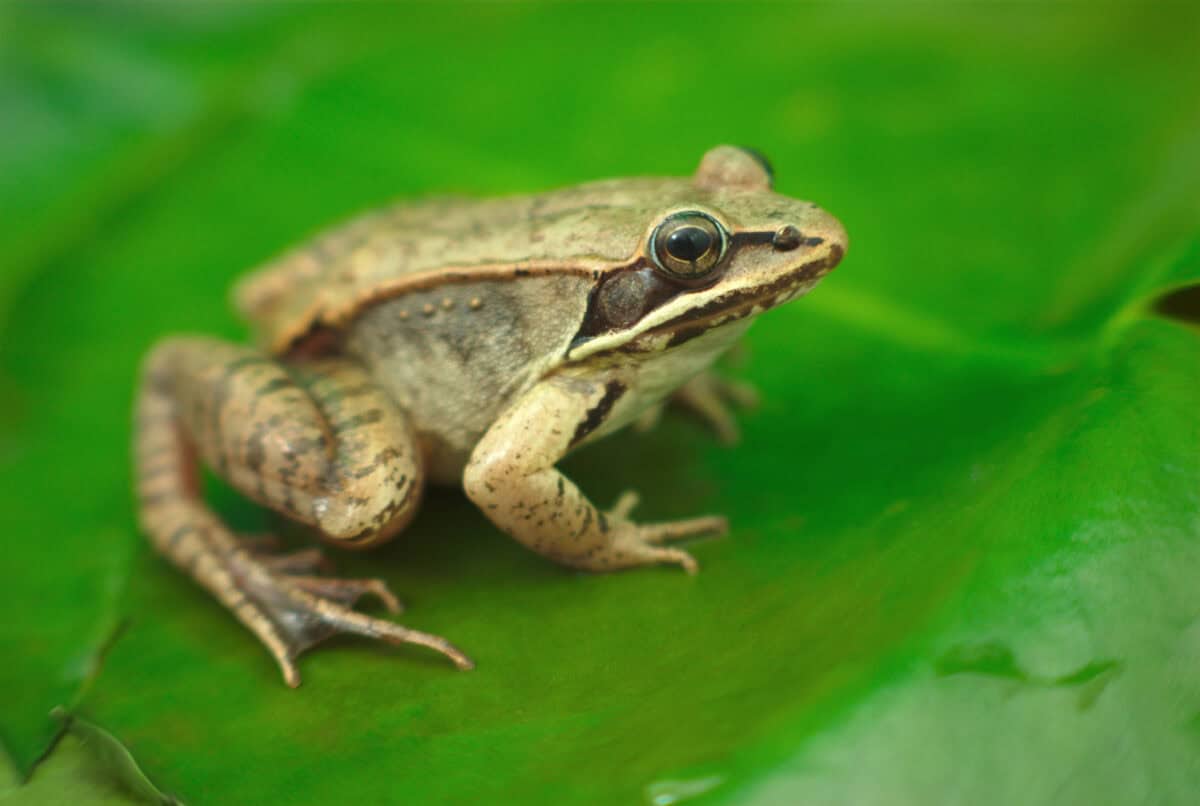Survival in the animal kingdom is about resilience, adaptability, and finding ways to thrive in environments that seem inhospitable. From the scorching deserts to the icy polar regions, some creatures have evolved extraordinary abilities to endure the harshest conditions on Earth. This article delves into the fascinating world of these ten remarkable animals, each demonstrating nature’s impressive ingenuity.
Tardigrades Masters of Extreme Survival

Often dubbed “water bears,” tardigrades are microscopic creatures known for their ability to survive virtually any environment. These resilient organisms can withstand temperatures from nearly absolute zero to well above boiling and endure radiation levels hundreds of times stronger than what would be lethal to humans. They achieve this through a process called cryptobiosis, where they dry out and suspend their metabolism until conditions improve.
Camels Navigators of the Desert

Camels are synonymous with desert survival. Known as the “ships of the desert,” these animals have adaptations like the ability to go weeks without water, store fat in their humps, and withstand temperatures exceeding 120 degrees Fahrenheit. Their thick coats insulate them from the sun, and long lashes and closing nostrils protect against sandstorms, making them indispensable to human desert mariners.
Polar Bears Lords of the Arctic

In the icy realms of the Arctic, polar bears reign supreme. They are perfectly adapted to this frigid environment with their thick layers of blubber and fur, allowing them to swim long distances and hunt seals on the sea ice. Their keen sense of smell can detect a seal nearly a mile away, and their physical adaptations enable them to thrive where few other animals can.
Emperor Penguins The South Pole’s Survivors

The emperor penguin is renowned for its remarkable breeding cycle, which takes place during the extreme cold of the Antarctic winter. These birds huddle together for warmth, taking turns moving to the warmer center of the group. Their unique physiology allows them to conserve oxygen while diving and fasting for months, as they endure temperatures as low as -76 degrees Fahrenheit.
Kangaroo Rats Desert Acrobats

These small rodents have developed exceptional water-conservation abilities, allowing them to live in some of the driest regions of North America without ever drinking water. They obtain moisture from their food and produce highly concentrated urine to minimize water loss. Their nocturnal lifestyle helps them escape the extreme daytime heat and evade predators.
Yaks High-Altitude Experts

Yaks have become synonymous with the rugged terrains of the Himalayas and the Tibetan Plateau. These large, shaggy bovines thrive at altitudes of 14,000 feet and above, where oxygen levels are drastically lower. Their dense fur and large lungs facilitate survival in these cold, oxygen-sparse environments, supporting both human and wildlife livelihoods in one of the planet’s most challenging habitats.
Wood Frogs Frozen Sentinels

A remarkable example of freeze tolerance is the wood frog, which can survive being frozen solid during the harsh North American winter. These frogs produce cryoprotectants, natural antifreezes that prevent ice from forming within their cells. Once they thaw in spring, the frogs continue their life cycle as if the freezing never occurred.
Saharan Silver Ants Heat Resilient Foragers

The Saharan silver ant can withstand some of the highest temperatures on Earth, as it ventures from its nest during the hottest part of the day. Its reflective silver hairs minimize heat absorption, while long legs keep its body elevated above the scorching sand. These adaptations allow it to exploit food sources that other animals cannot.
Alpine Ibex Cliffside Climbers

The alpine ibex is an expert climber, found in the European Alps. These goats navigate sheer, rocky mountain slopes with ease, accessing mineral-rich salt licks and evading predators. Their thick woolly coats protect them from the cold winds at high elevations, while their split hooves provide balance and grip on treacherous terrains.
Thorny Devils Desert Armor

Native to the arid regions of Australia, the thorny devil is equipped with a remarkable physical defense. Its spiky skin not only deters predators but also helps collect water through capillary action, drawing moisture from sand or rain. Feeding exclusively on ants, this reptile demonstrates extraordinary specialization in a challenging habitat.
Conclusion:

In conclusion, these ten extraordinary animals showcase the incredible adaptations that life on Earth has developed to survive in the planet’s most extreme environments. Each species illustrates a unique set of traits and behaviors that have evolved over millennia, allowing them to endure and even thrive where few others can. These creatures remind us of the resilience and diversity of life, offering us insights into the power of adaptation and survival.
- 12 Deep-Sea Animals That Glow in the Dark - August 15, 2025
- 14 Times Wild Animals Shocked Scientists - August 15, 2025
- 15 Animals and Wildlife that Start with Q - August 15, 2025

